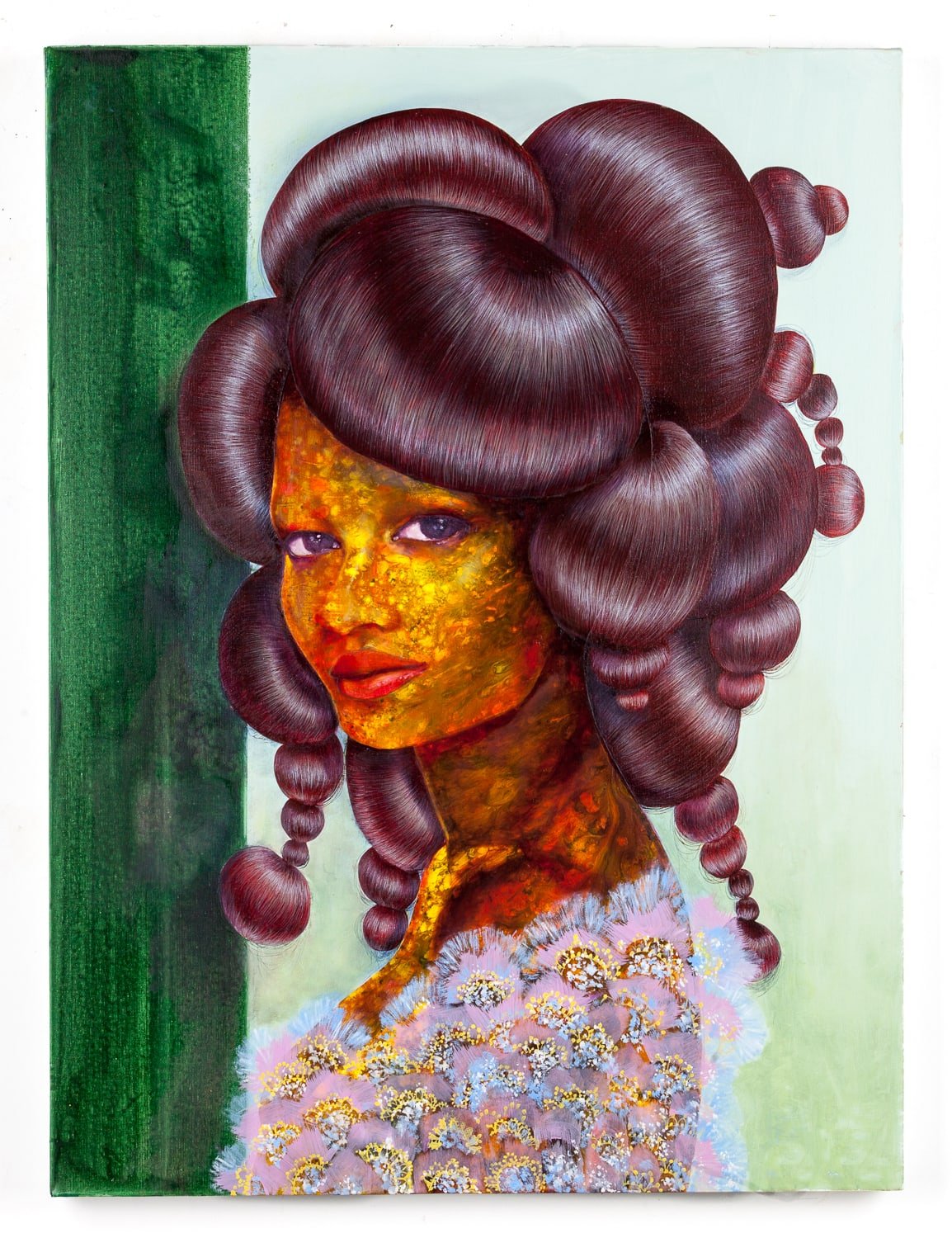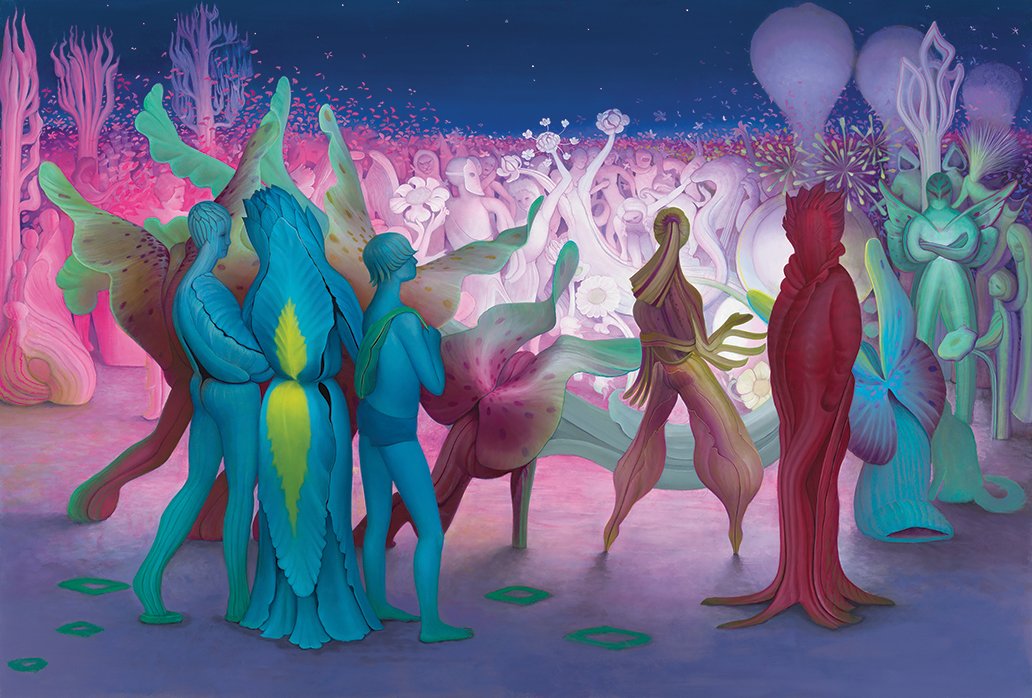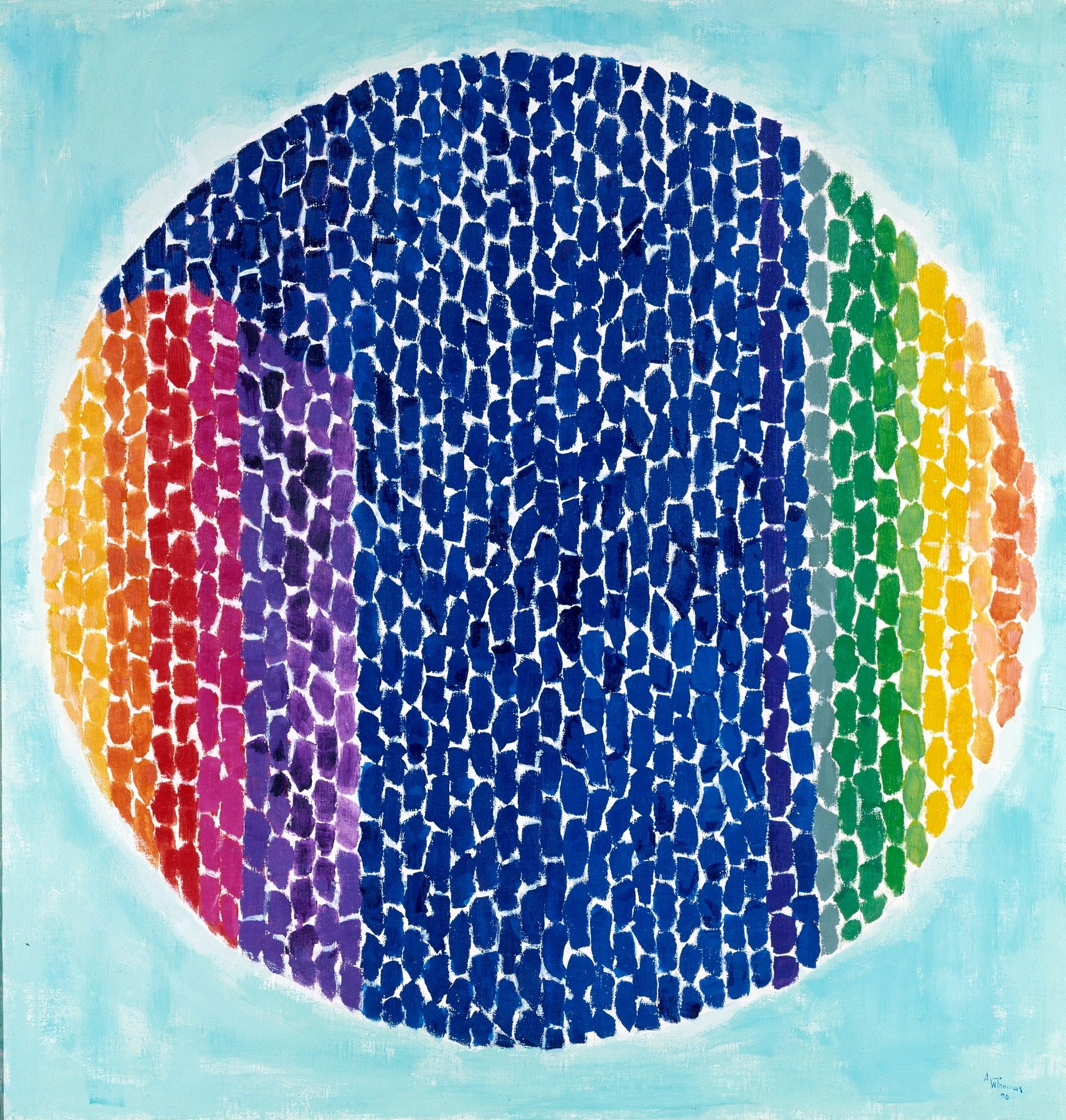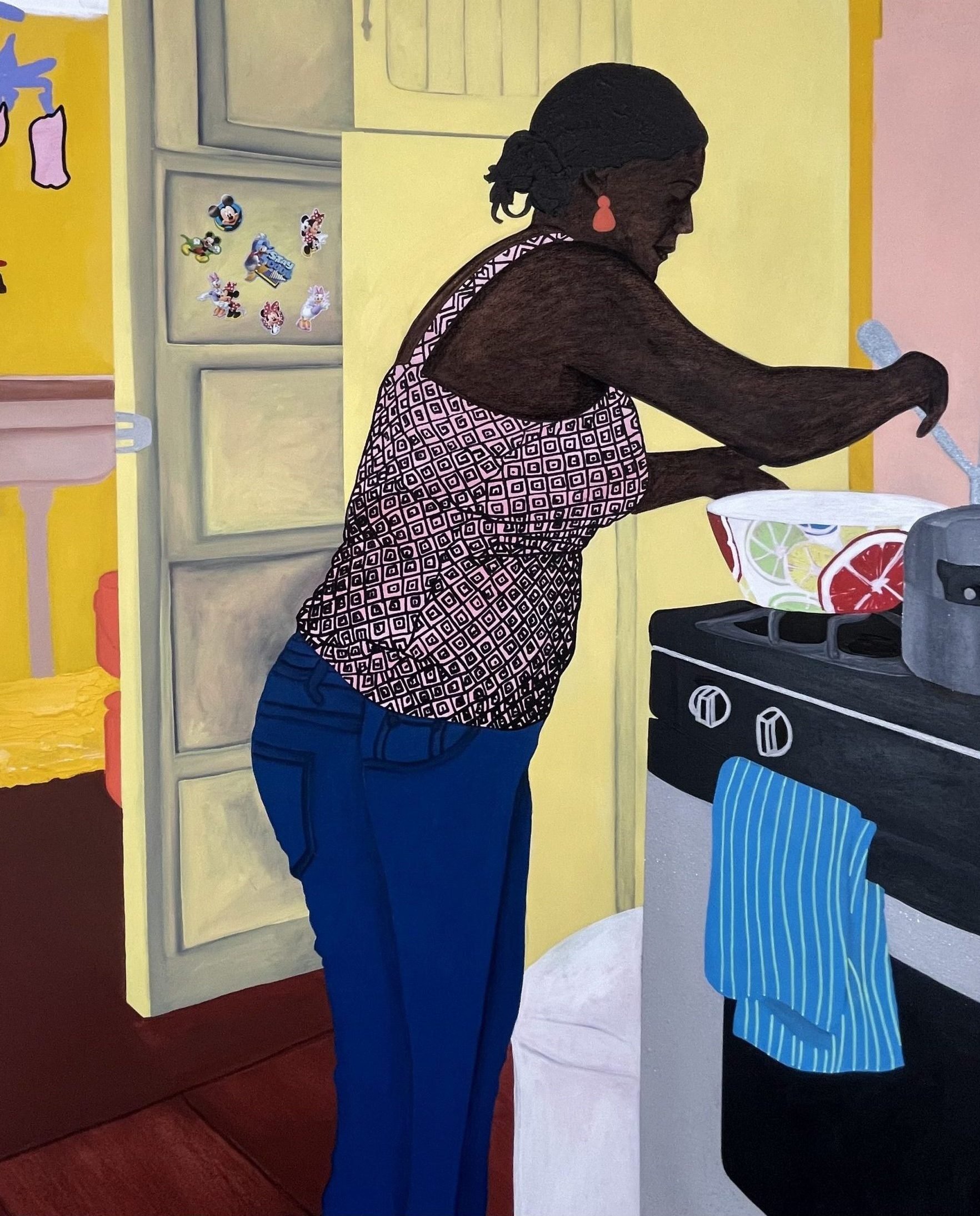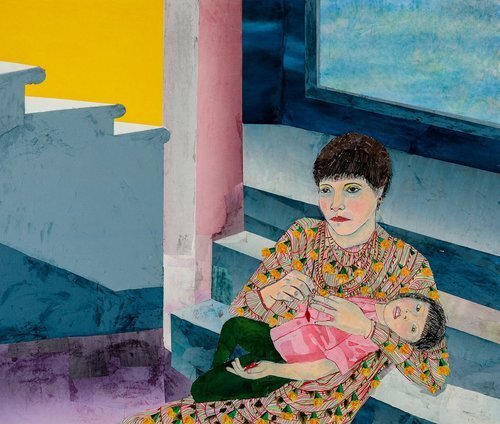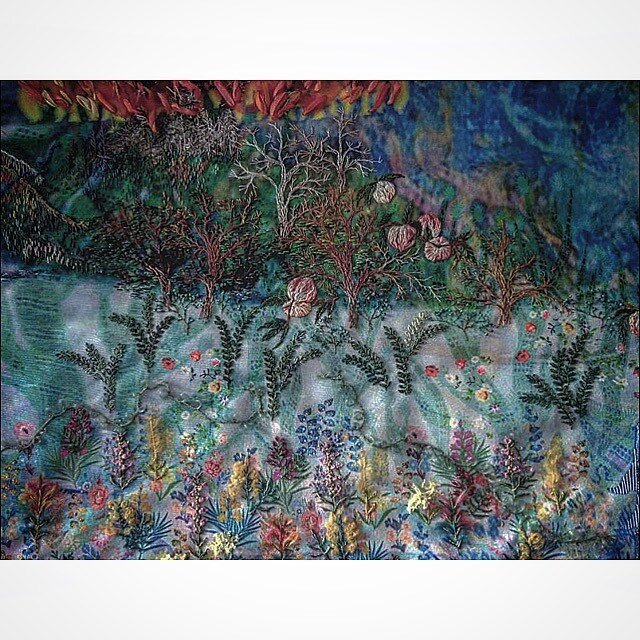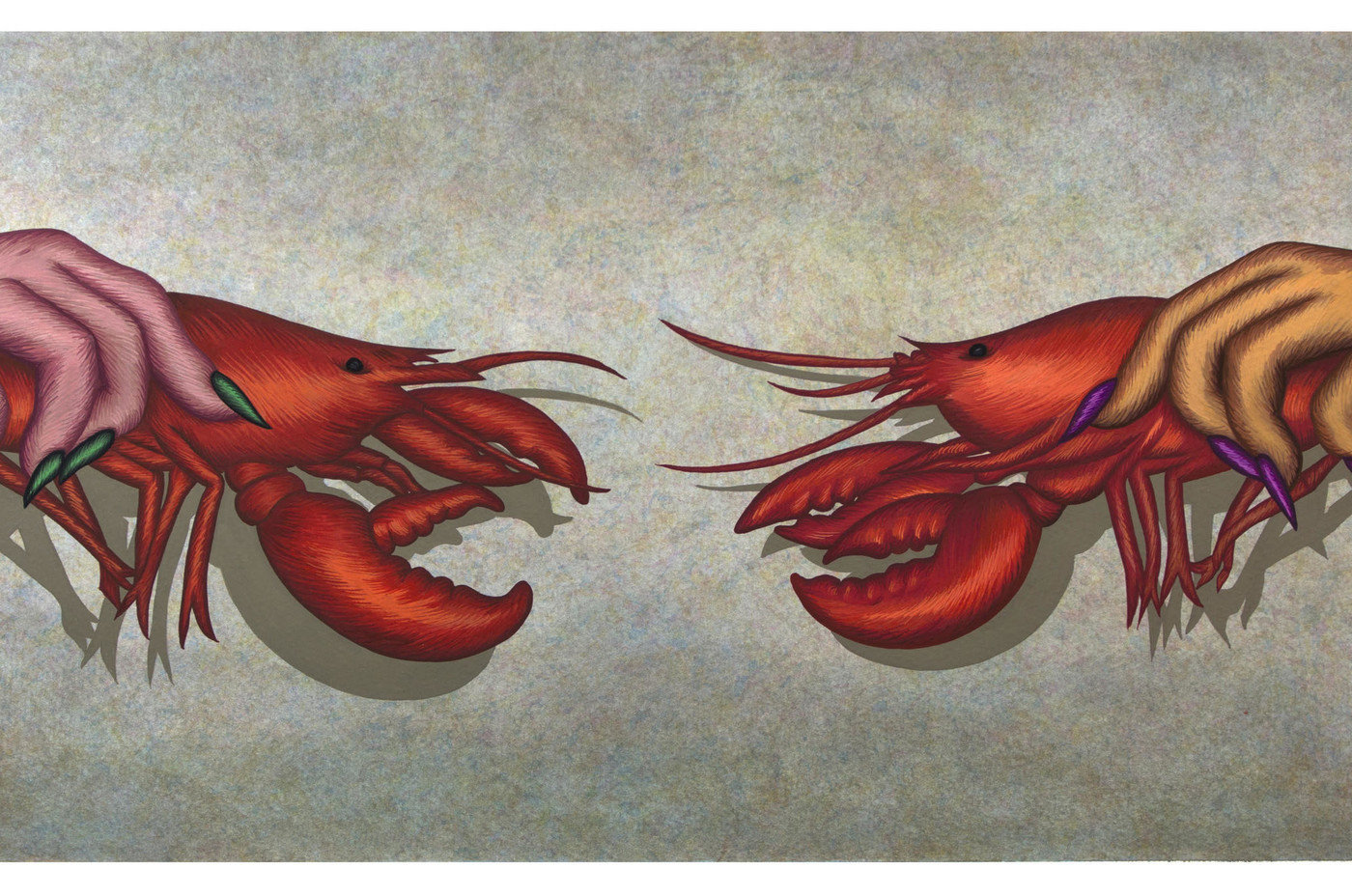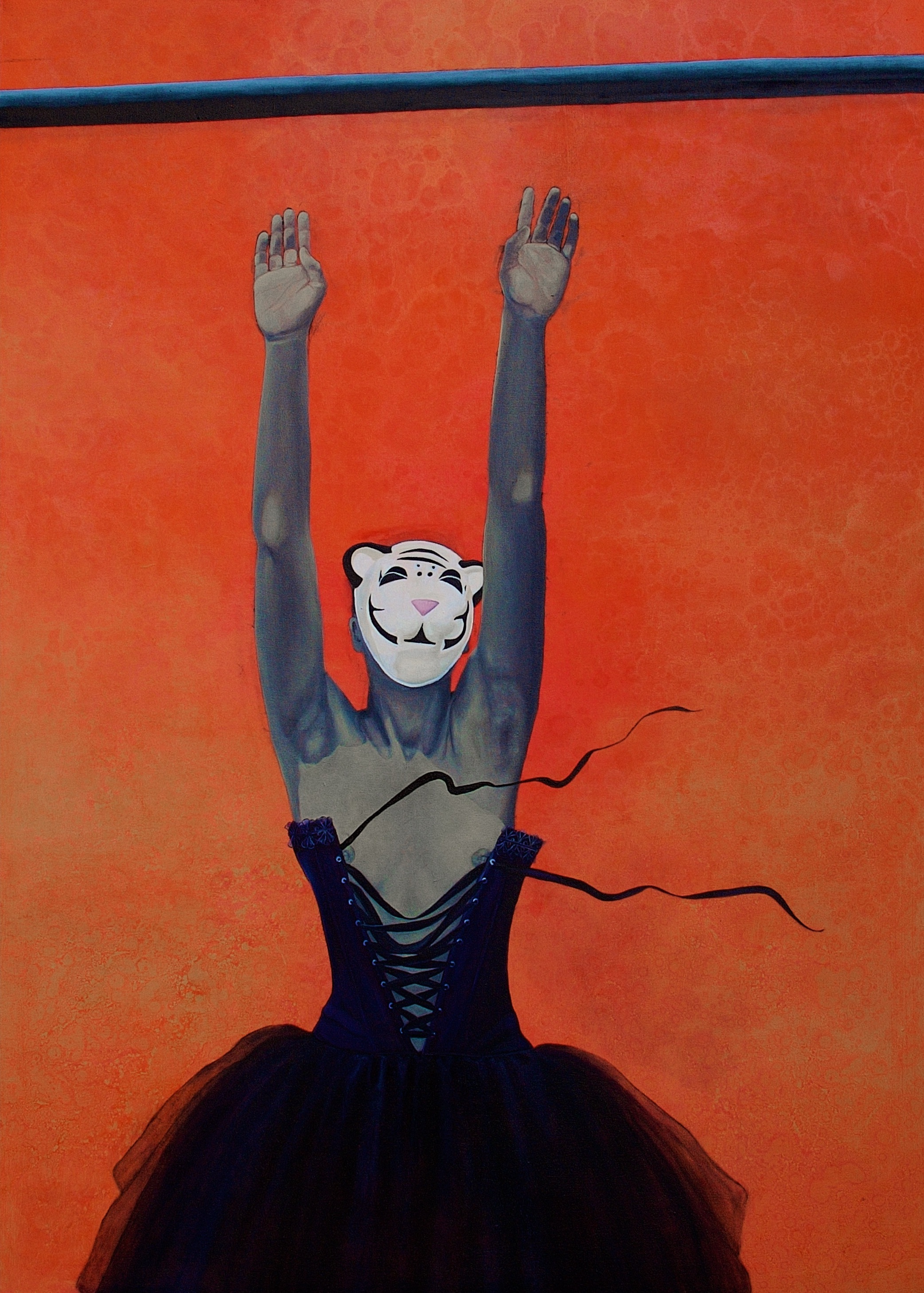I just want you to see these plates.
By going HERE.
Rama Duwaji is a ceramicist and I am in love with her plates.
And, as her website notes, “Rama Duwaji is a Syrian illustrator and animator based in Brooklyn, NYC. Using drawn portraiture and movement, Rama examines the nuances of sisterhood and communal experiences. Through this lens she has worked with a variety of clients, most notably The New Yorker, The Washington Post, BBC, Apple, Spotify, VICE and the Tate Modern. Though mostly working in the digital medium, Rama often takes a break from all things technology to create hand built ceramics. She combines her love for illustration and pottery to create handmade, illustrated plates and enjoys sharing these skills through ceramic workshops as well.”
While the plates are my first love, please enjoy some of her illustrations as well:
Duwaji’s thoughts on politics and art in a recent interview in Yung really resonated with me:
The phrase ‘silence is complicity’ is everywhere now, especially in creative spaces. Do you feel artists have a responsibility to speak on global crises, or should art be a refuge from the noise?
I’ll always quote Nina Simone: ‘An artist’s duty as far as I’m concerned is to reflect the times.’
I believe everyone has a responsibility to speak out against injustice, and art has such an ability to spread it. I don’t think everybody has to make political work, but art is inherently political in how it’s made, funded, and shared. Even creating art as a refuge from the horrors we see is political to me. It’s a reaction to the world around us. As long as you do the work in spaces outside your art, you’re still engaging with the world.
I don’t judge people who want to disassociate, it’s tough out here. The choice to use art to engage or disengage with the state of the world is a deeply personal one, but it still doesn’t excuse us from acknowledging the injustices that are going on. At the end of the day, it’s all about intentions.










